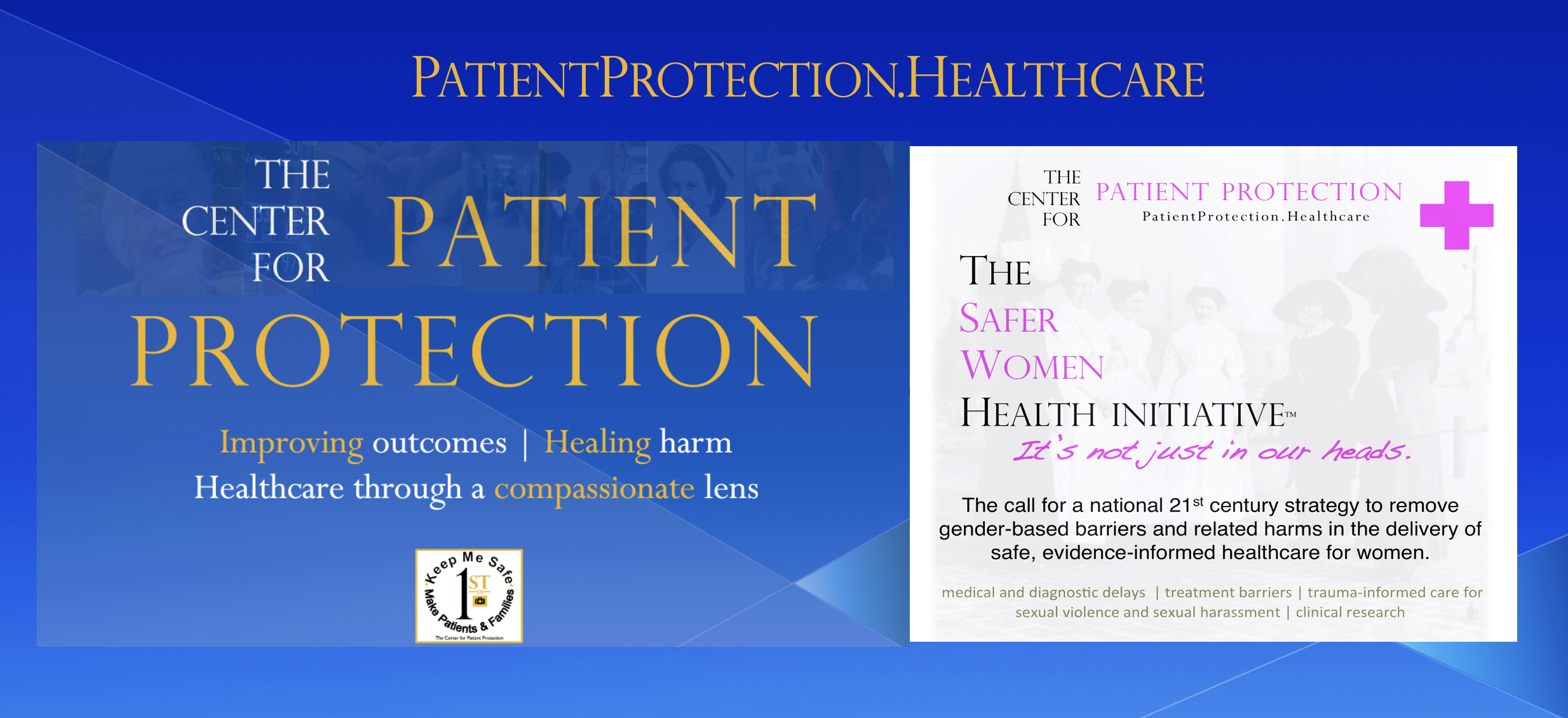NDR Decisions Need to be Made a Whole Lot Safer, More Transparent and Less Emotionally Harmful for Patients and Families.
A recent landmark ruling by the Supreme Court of Canada rejected a doctor’s unilateral right to deny life-sustaining medical treatment to a patient over the family’s objections. Attention needs to turn now to another life and death situation that is often bewildering and sometimes fraught with abuse: the do-not-resuscitate (DNR) decision when made by a family on behalf of a loved one.
Physicians will often seek a DNR consent from a family member when an older patient is brought into the hospital. Their approach can be overly aggressive. I experienced this several years ago when my mother was hospitalized with a serious infection. Her family doctor asked us to agree to a DNR order soon after admission. Knowing my mother’s wishes, we declined to give our consent. Her doctor angrily announced he could override the family’s decision. A few days later, when my mother was presenting with symptoms of fever and delirium because of the effects of the infection on her brain, the doctor sought the consent from her. My mother was in no position to know what was being asked of her. Astonishingly, her doctor pronounced himself satisfied with her response and signed the order. When we expressed our objections to the hospital’s administration, we were told the only way the order could be overturned was by obtaining a court injunction. We were told to get a lawyer. It was Christmas day, 2008.
Some years later, during another hospitalization, similar pressure was exerted. A young resident who had not seen my mother and did not know anything about her prognosis nevertheless was determined to obtain a DNR consent from us just after she had been flown in by air ambulance. He claimed statistics showed that virtually no one over the age of 80 survives a cardiac arrest. We declined to consent. Less than two weeks later, my mother arrested in the ICU. Fortunately, she was revived. She was 89 at the time.
In the world of healthcare, where deception and efforts to cover up what actually happens are all too common, a new scam has emerged. It is called the “slow code” and it happens when a family or patient has not consented to a DNR order but the code team thinks the arrested patient would be better off if he or she were not revived. So the hospital goes through the motions of resuscitation, but as slowly as possible. In a situation where the chance of recovery is measured in seconds, the outcome of the slow code is pre-determined. No record is ever made of the decision to deliberately delay revival. It does not appear anywhere on the chart. But clinicians admit it does happen.
There is never a do-over when a DNR consent is put into force. Three years after her arrest and revival, my mother is still living with her family. Her recovery was made more costly and difficult by that sentinel event and by a succession of other hospital mishaps and failures. But she remains curious about the world around her, engages in conversations and enjoys her music and her garden. Family meals are her favorite time of day. Our mother’s is still a life that gives and receives joy. How would we feel today if we had deprived her, and ourselves, of that by acceding to the hospital’s urgings?
Life and death choices can never be left to whim, nor should they be made during emotionally charged circumstances or in periods of utter exhaustion. There is no room for used-car salesman tactics on the part of medical professionals when it comes to DNR decisions. In situations where a family member has not provided advance directives as to their wishes, there needs to be a common protocol, set out in law, establishing what steps hospitals are required to take in seeking and obtaining a DNR order. It should, at a minimum, be based on informed consent about the condition of the patient and prognosis for recovery. It should involve two meetings with a senior physician, not someone just learning their craft. In addition, steps in the resuscitation process should be spelled out clearly. Some families might agree to any effort short of chest compressions, where there could be a risk of injury. The full range of medical options need to be disclosed. It goes without saying that aggressive attitudes and personal agendas on the part of medical personnel should be left at the door and their interactions with families should always be sensitive and compassionate.
These are a few ideas to start a public conversation that should begin immediately as more and more patients and families will face life and death decisions in the hospital setting. Patient Protection Canada is working on developing a core set of accountability principles governing the relationship between the healthcare system and the patient. The DNR decision-making process, and issues like “slow code,” will be addressed in these principles.
Published in The Huffington Post, October 25, 2013
